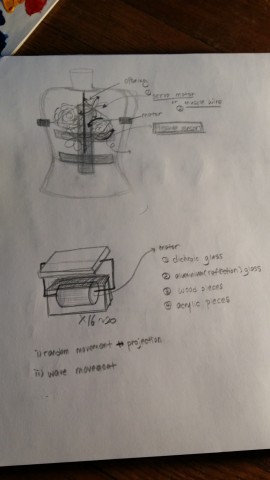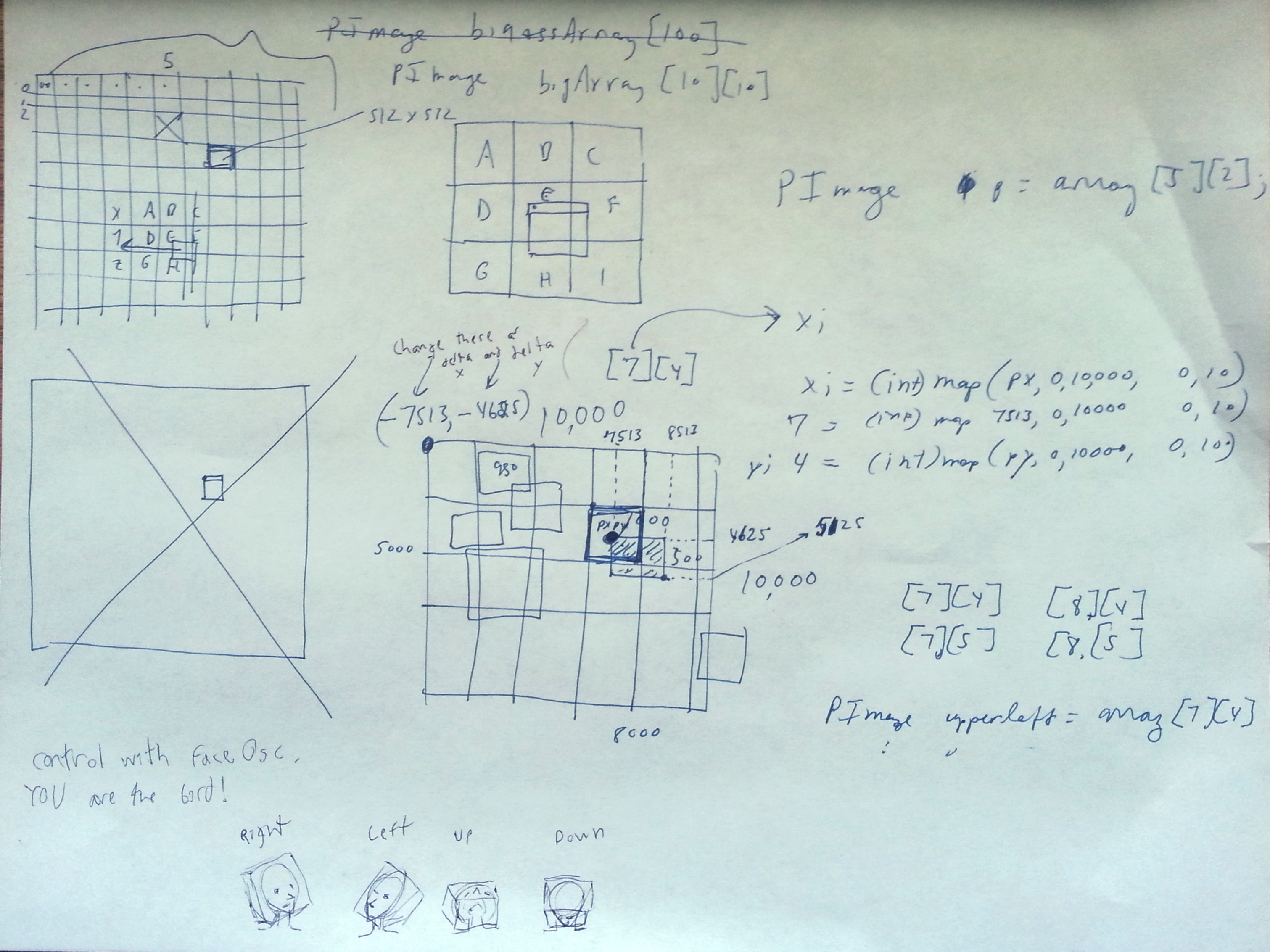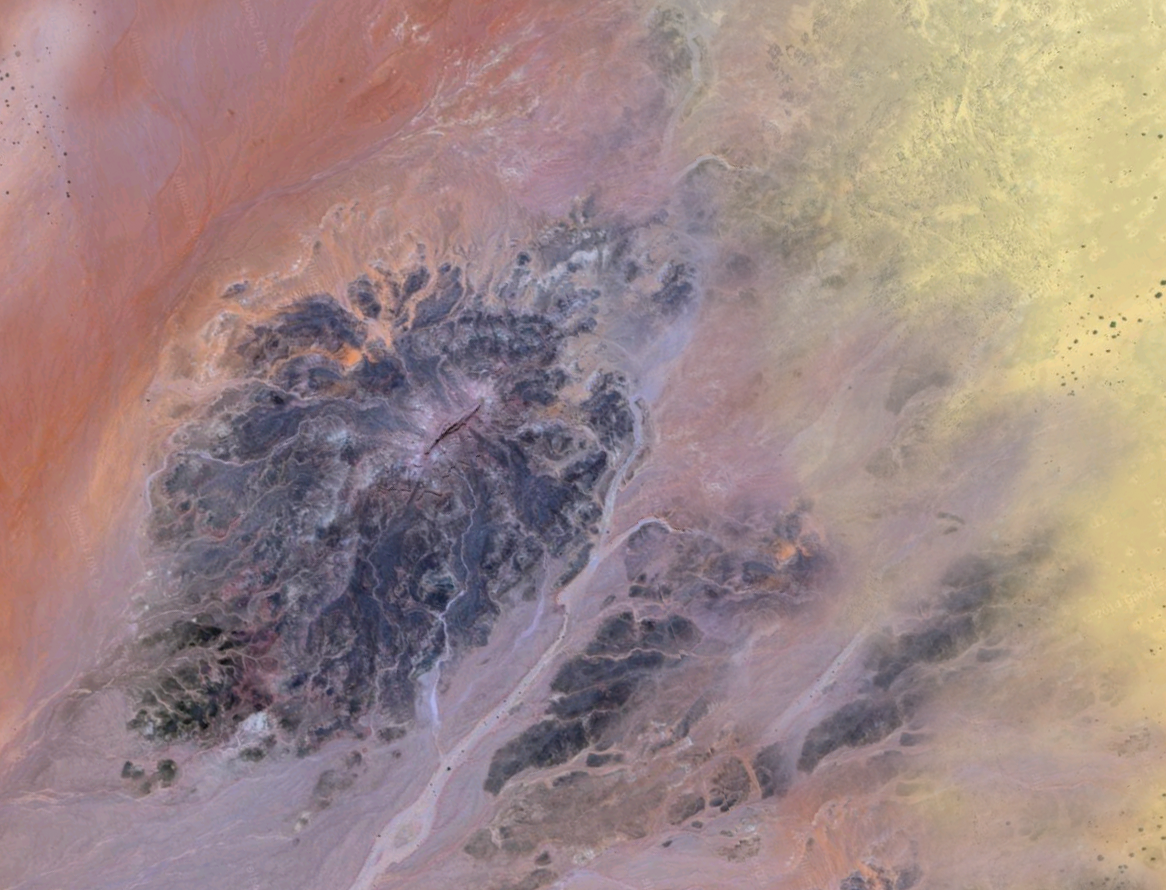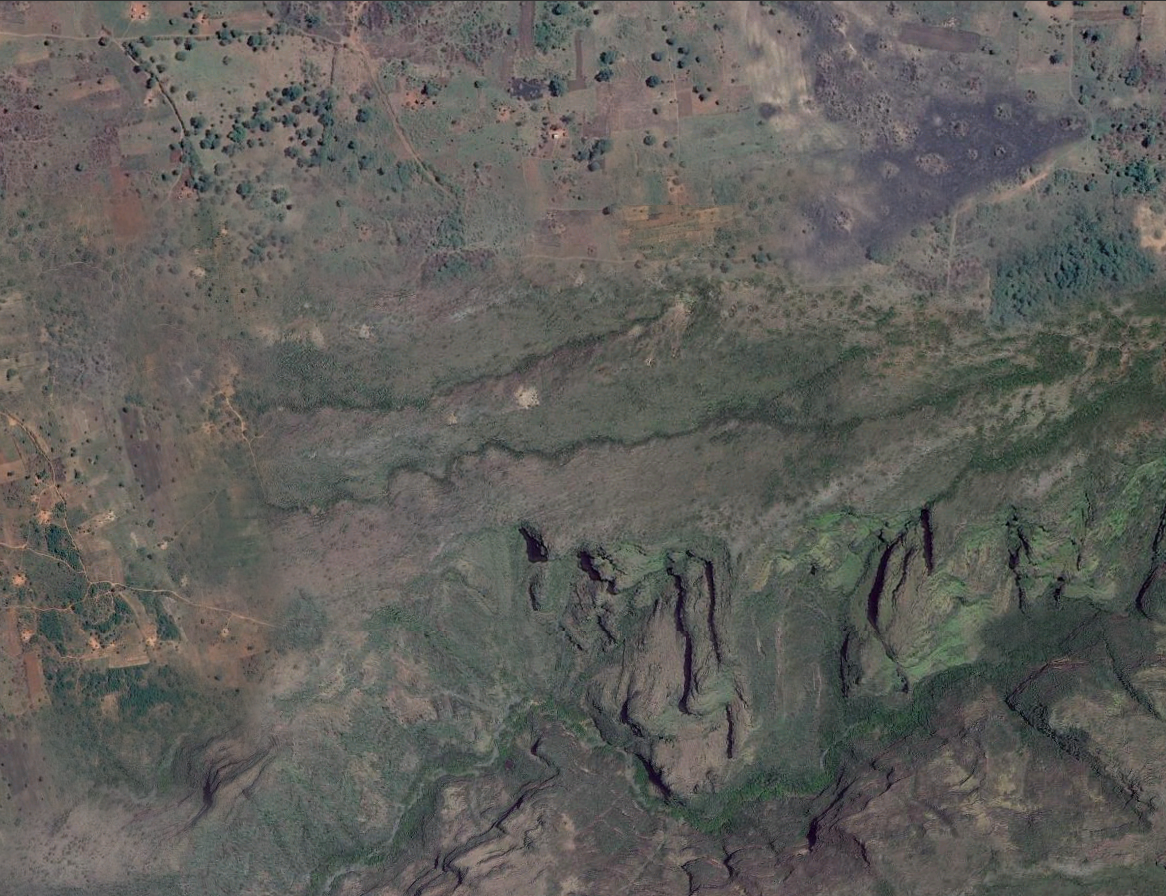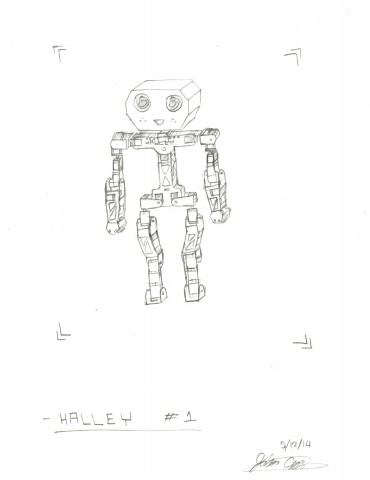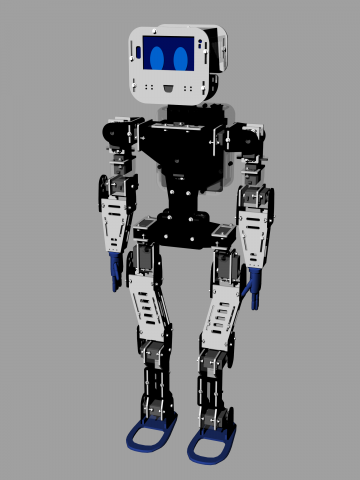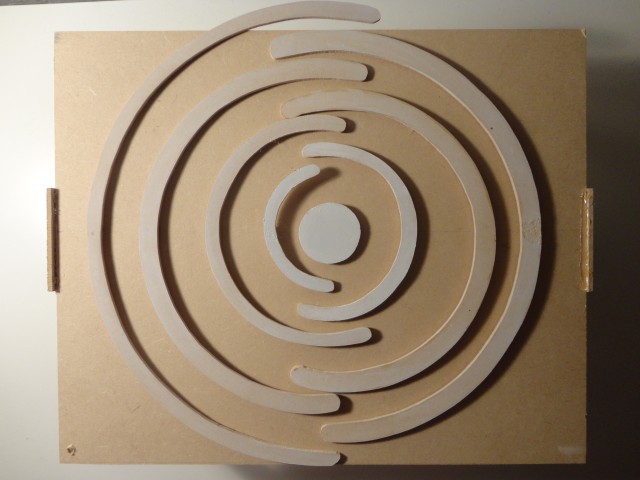Looking Outwards – Projection Art
Lit Tree by Kimchi and Chips
Kimchi and Chips maps the projectable surfaces of a tree in order to project onto the branches, stems, and leaves. In this way they are using the tree to create a 3D voxel display. I like this because it is an unconventional way to display a 3D image. It relates to my project in that I plan to work with projectors and 3D imagery.
Lighting of the Sails by URBANSCREEN
In this project the group URBANSCREEN projected onto the Sydney Opera House. I liked it because they used imagery which caused you to question the shape of the opera house. Particularly when the opera house appeared to be sails blowing in the wind. This is relevant to the work I’d like to do because I plan to work with projection.
Box by Bot & Dolly
BOX is interesting because it looks like magic. The camera movement is well planned and works perfectly with the movement of the screens and the projections. While watching I forgot at times that I was seeing a screen and not a moving box. This is relavent to my work because I would like people to watch a projection I made and forget that they are looking at something formed from technology.




